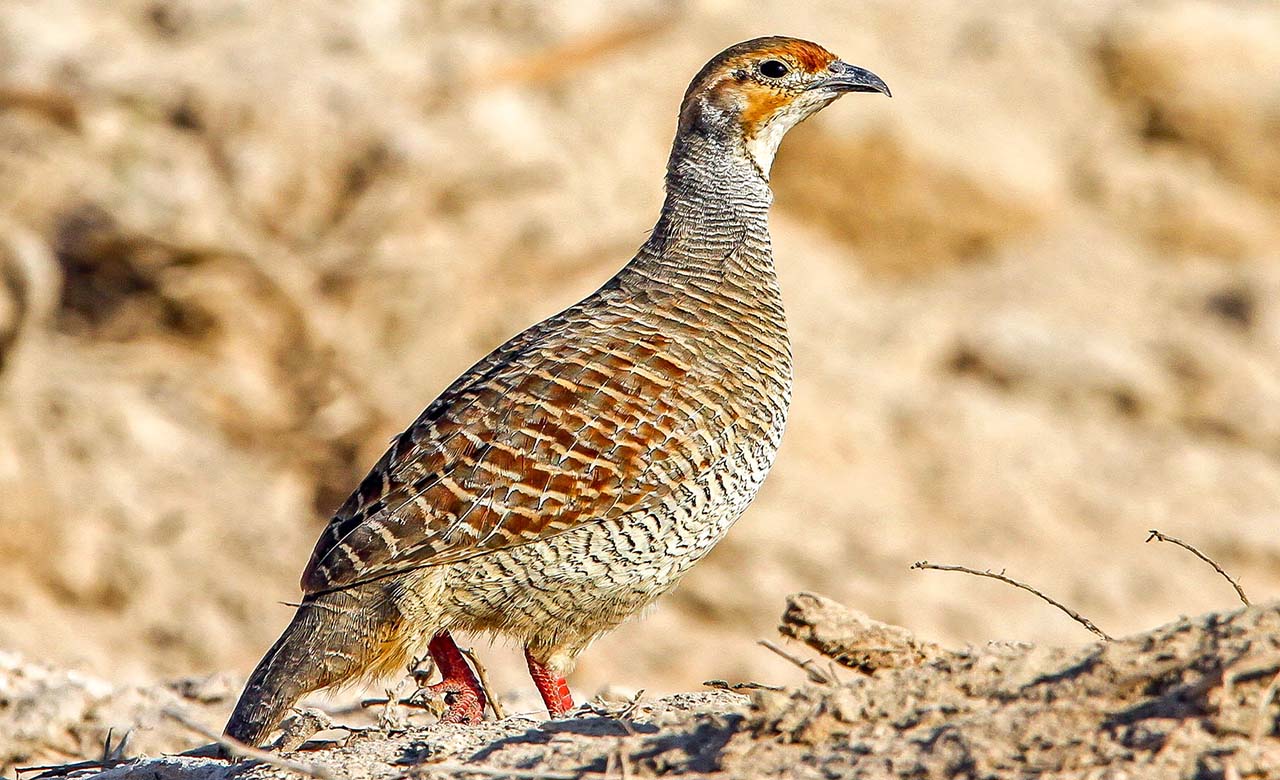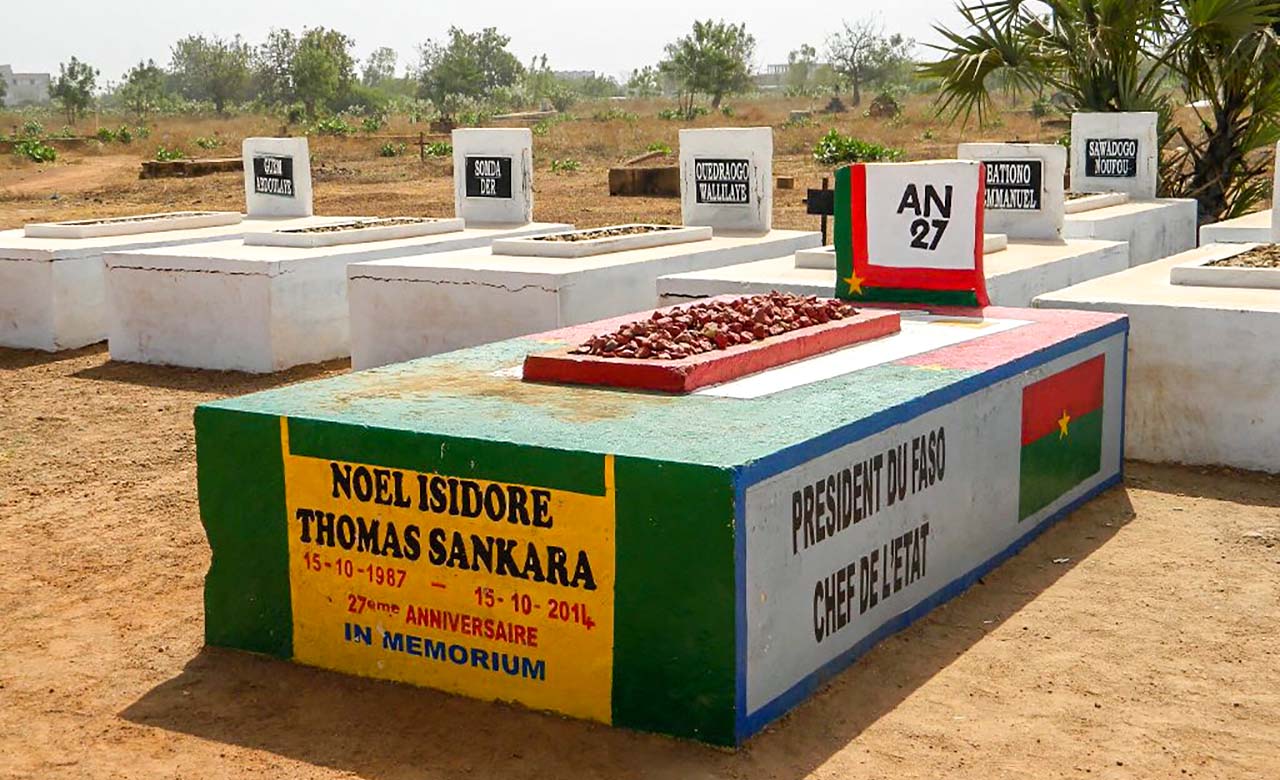Attractions of Dédougou and surroundings


Located in the northwestern part of the country, the Mouhoun loop region is one of the most populated in Burkina Faso. It is mainly populated by cultural groups of Manding origin. It is bordered to the west and north by Mali, to the south by the Hauts-Bassins and South-West regions, and to the east by the Centre-West and North regions. It covers an area of 34,497 km², or more than 12% of the national territory. It groups together 6 provinces including the provinces of Bale, Banwa, Kossi, Mouhoun, Nayala and Sourou, whose capitals are respectively the cities of Boromo, Solenzo, Nouna, Dédougou, Toma and Tougan. In addition to the 06 provinces, it comprises 47 departments, 06 urban communes, 41 rural communes and 1,042 villages.
- in the north, the South Sahelian zone with an average annual rainfall of 500 to 700 mm. It covers the province of Sourou and part of the province of Kossi;
- in the centre, the Sudanian zone with an average annual rainfall of 700 to 900 mm. It covers the southern part of Kossi province, the whole of Nayala province and the northern parts of Mouhoun, Bale and Banwa provinces;
- in the south, the southern Sudanese zone with an average annual rainfall of 1000 to 1400 mm.
- a dry season which lasts between 7 to 9 months in the north and between 4 to 6 months in the south. It is characterized by a Harmattan, cool and dry winds from December to the end of January with mild temperatures around 27°C, hot and dry winds from February to April with high temperatures often exceeding 40°C;
- a rainy season lasting 3 to 5 months in the north and 6 to 8 months in the south. It is characterized by a monsoon, cool and humid winds with temperatures ranging from 24 to 28°C.
The Kouka Mask Museum

Located in the province of Kossi, 135 km from Nouna in the rural commune of Kouka, the Kouka mask museum (ancestors’ house) was built between 1997 and 2000 with the support of the Ministry of Culture. The museum has three levels, the ground floor considered as the first level is occupied by the initiates who work there during the initiations. On the second level sit the priests of initiation, their vocation is to finalize the initiation by providing the initiates with the necessary life advice. The third level is the place where the ancestors rest. The museum also has an exhibition room that houses
masks of all kinds, musical instruments and tools. This museum is a real place of instruction, education and socialization.
Deux Balés National Park

Located in the centre-east of Burkina Faso, in the Mouhoun province, the National Park was created in 1937 as the Deux Balés classified forest. It covers an area of 61,000 ha and shelters Sudano-Zambézian savannahs with a carpet of grass and some trees. The banks are bordered by forest galleries. The park is home to hippos, buffaloes, antelopes, elephants and a wide variety of reptiles.
Labien's granary fields

The granary plays a very important role in the African tradition, it is generally used to preserve the grains from different food crops. In Labien, the families line up the granaries in an ingenious way. They can often reach a height of 5 to 6 metres, with architectural finishes and a clay roof whose interior resembles that of a house. The architecture of these granaries can be clad and decorated with different human, animal and natural representations. On the façade, there are openings that allow access to the interior of the attic.
Express Safari of Sourou

Ponds with sacred crocodiles of Dounkou

The pond is inhabited by a hundred crocodiles who are surprisingly attentive to the guide and his chicken. In addition to taking pictures, it is possible to touch the animals. According to local legends, a thirsty warrior, ancestor of the local inhabitants, was once saved by a crocodile who gave him water to drink.
Koury French Military Cemetery

Koury is the first camp and the first cemetery of the French colonial era. French soldiers from Sono arrived in Koury during the reign of Karamogo Koté and settled in a military camp on the banks of the Volta de Mouhoun river where they spent eight years before leaving for Dédougou. Their departure was not due to any war, but to the fact that they were decimated by the attacks of mosquitoes and tsetse flies. After losing eighteen of their number, they decided to leave the region. The camp consisted of thirty-two houses and the cemetery, which was well fenced in, completed the colonial
infrastructure. There are only mounds remaining that indicate the remains of the buildings that can be visited.
The “Grandes Personnes d'Afrique” ( great people of Africa)

Located in Boromo, the association of “Grandes Personnes d’Afrique” was born from a friendship between a group of French and Burkinabe artists. With 12 large puppets, 8 medium ones and several masks, the museum covers an area of 1,000 m². Incredible giant papier-mâché puppets, these “big people”, carried on their backs, weigh around 30 kg. There are creative workshops, puppet storage, rooms and an exhibition gallery where the art objects are displayed. Les Grandes Personnes d’Afrique welcomes many visitors and organizes exhibitions, shows and festivals in Burkina and
neighboring countries.
Old Mosque of Ouahabou (Mosque of Ouahabou)

This beautiful and ancient mosque is located in the village of Ouhabou, 25 km from Boromo on the national road. Its accessibility is very easy and its history is linked to that of El Hadj Mamadou KARANTAO. It is the son of a Marka marabout who had the mosque built in 1850. He died during a battle in Ahole and was buried in his mosque.
Perched village of Gani

Gani is a village located in the province of Kossi, in the department of Kombori-Koura, 110 km from Nouna. The village has a remarkable particularity, the houses are perched on a hill of more than 100 m of altitude. It is the last village located on the border of Burkina and Mali. Populated mainly by Marka or Dafing of Dogon origin, this village has existed for more than 600 years. The first occupants would have come from Mali, the population estimated at about 600 inhabitants, lives from hunting and agriculture and the buildings are wonderfully made of stone.
